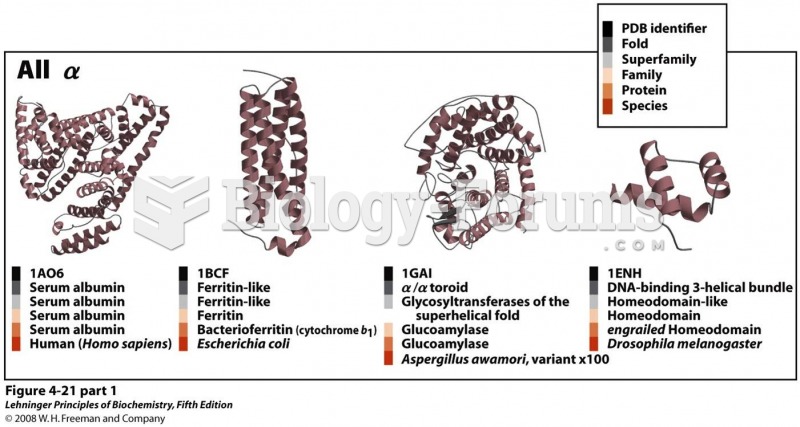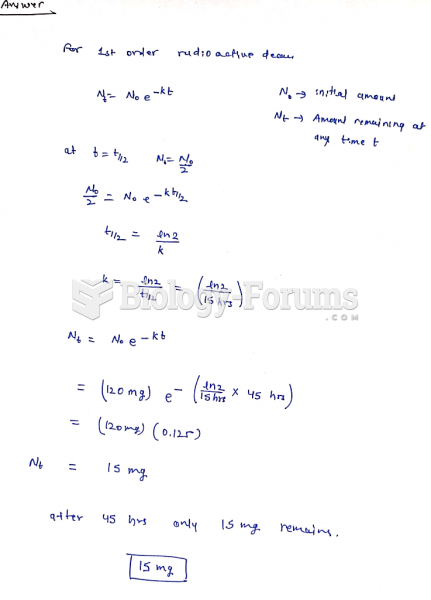Answer to Question 1
C
Answer to Question 2
Emphasis techniques include sentence structure, repetition, words that label, position, and space and format.
a . Sentence structure: For emphasis, place an idea in the independent clause of a simple sentence; for de-emphasis, place the idea in the dependent clause. Because an independent clause makes sense if the rest of the sentence is omitted, an independent clause is more emphatic than a dependent clause.
b. Repetition: To emphasize a word, let it appear more than once in a sentence. For example, a clever advertisement by Office-Max used the word stuff repeatedly to describe generically several types of office-supply needs ranging from paper clips to color copies, and then ended succinctly with OfficeMax for your office stuff.
c. Words that label: For emphasis or de-emphasis, use words that label ideas as significant or insignificant.
d. Position: To emphasize a word or an idea, position it first or last in a sentence, clause, paragraph, or presentation. In paragraphs, the first and last words are in particularly emphatic positions. An idea that deserves emphasis can be placed in either position, but an idea that does not deserve emphasis can be placed in the middle of a long paragraph. The central idea of a written or spoken report appears in the introduction (the beginning) and the conclusion (the end). Good transition sentences synthesize ideas at the end of each major division.
e. Space and format: The various divisions of a report or spoken presentation are not expected to be of equal length, but an extraordinary amount of space devoted to a topic attaches special significance to that topic. Similarly, a topic that receives an especially small amount of space is de-emphasized. The manner in which information is physically arranged affects the emphasis it receives and consequently the overall impact of the message.







